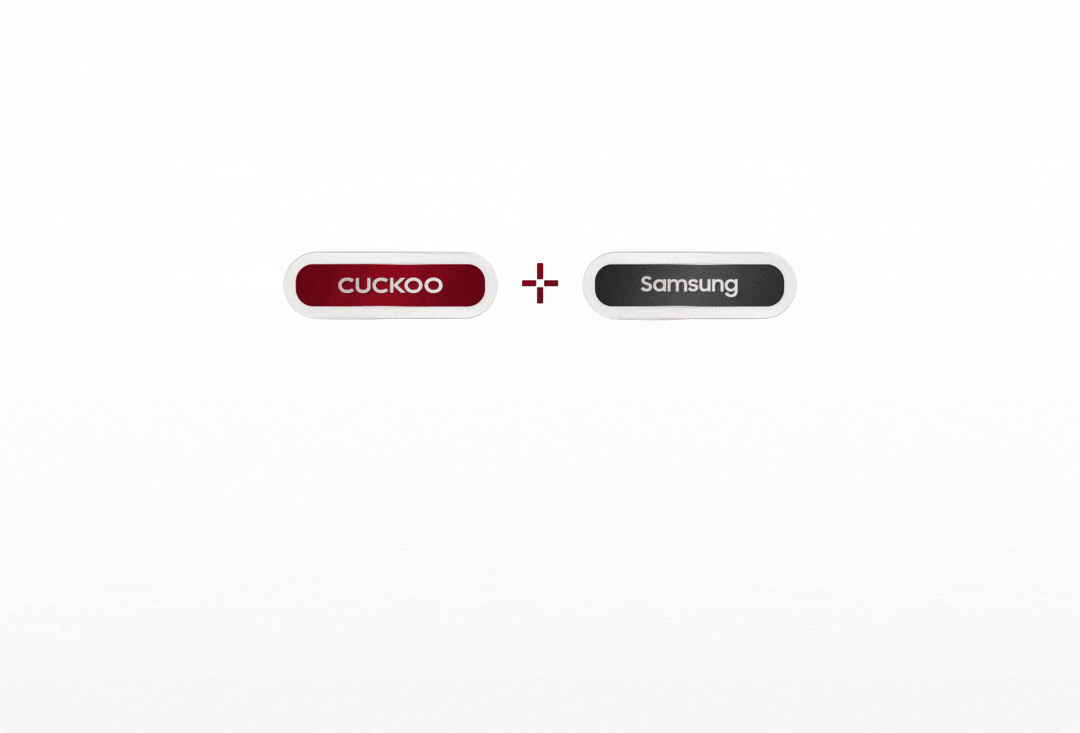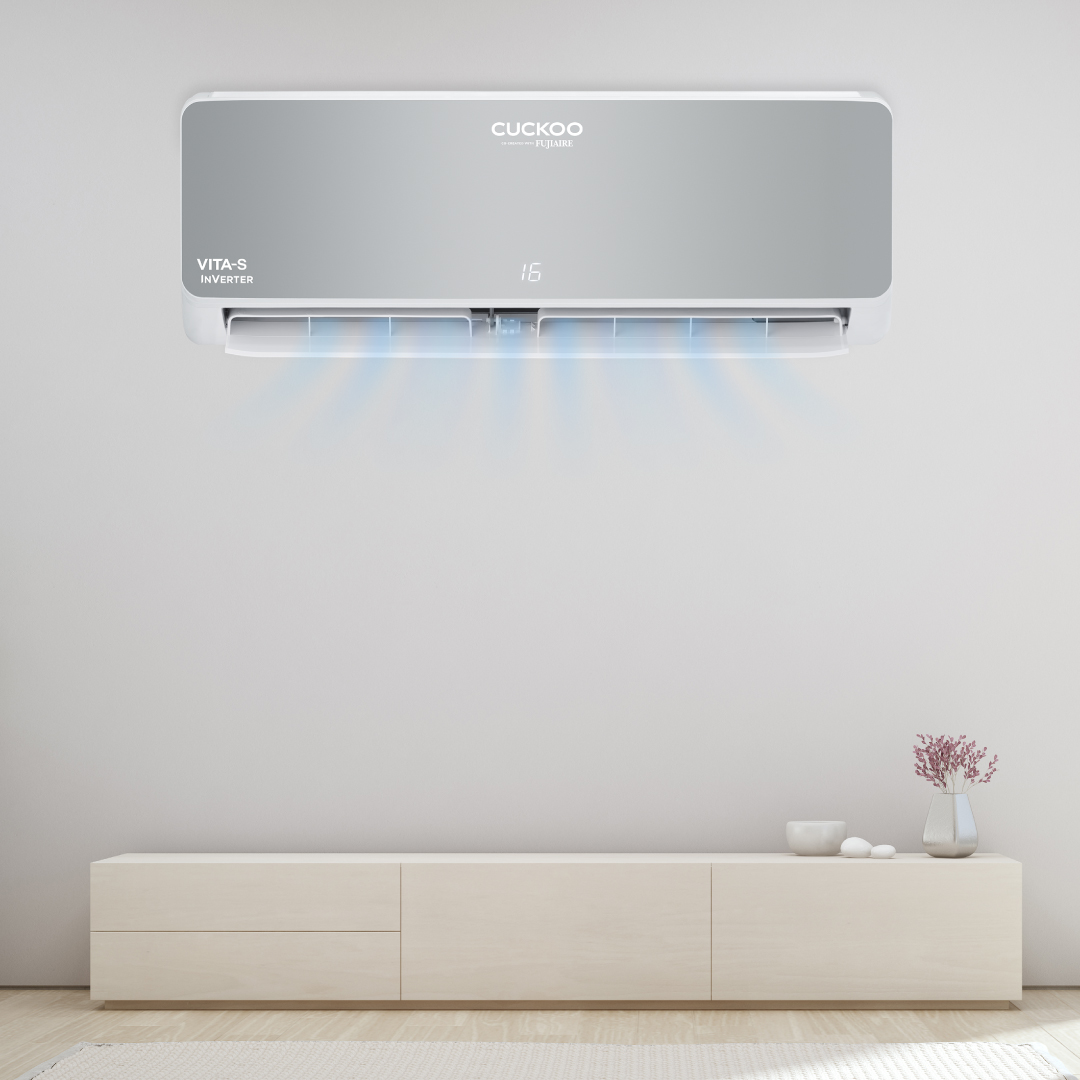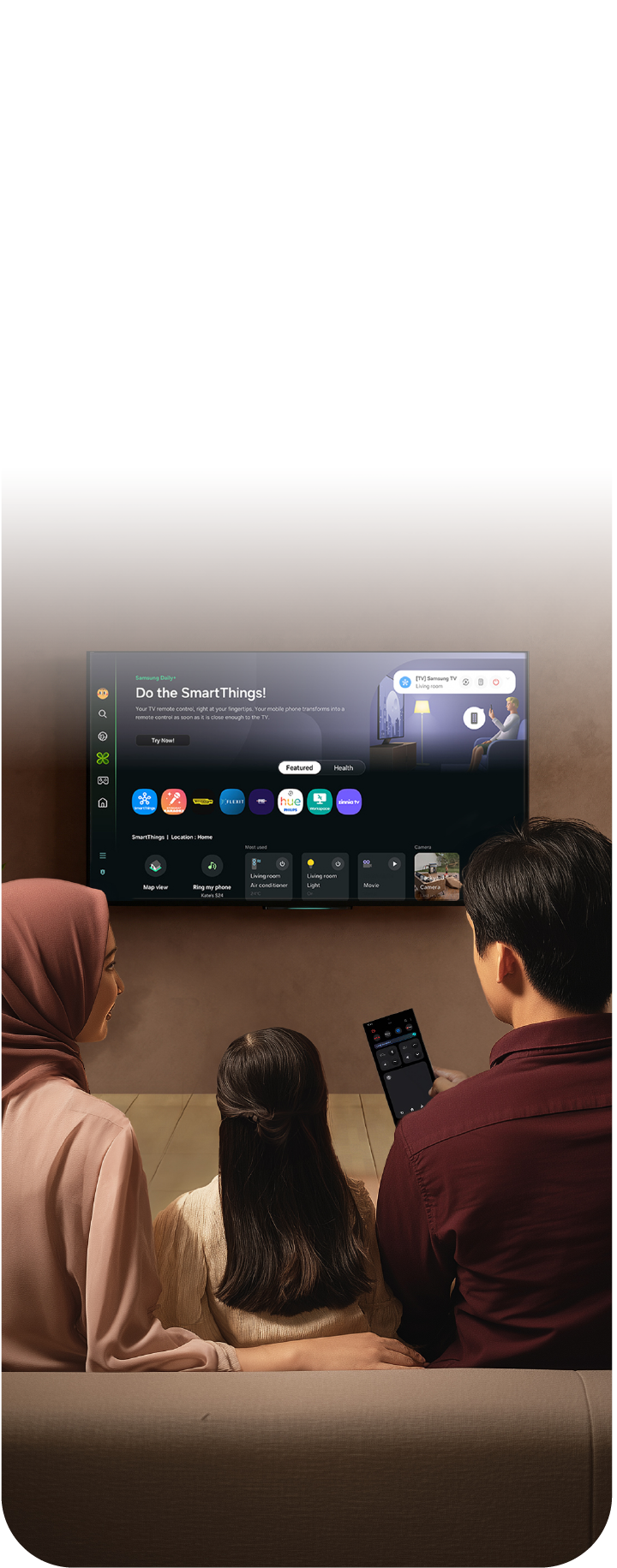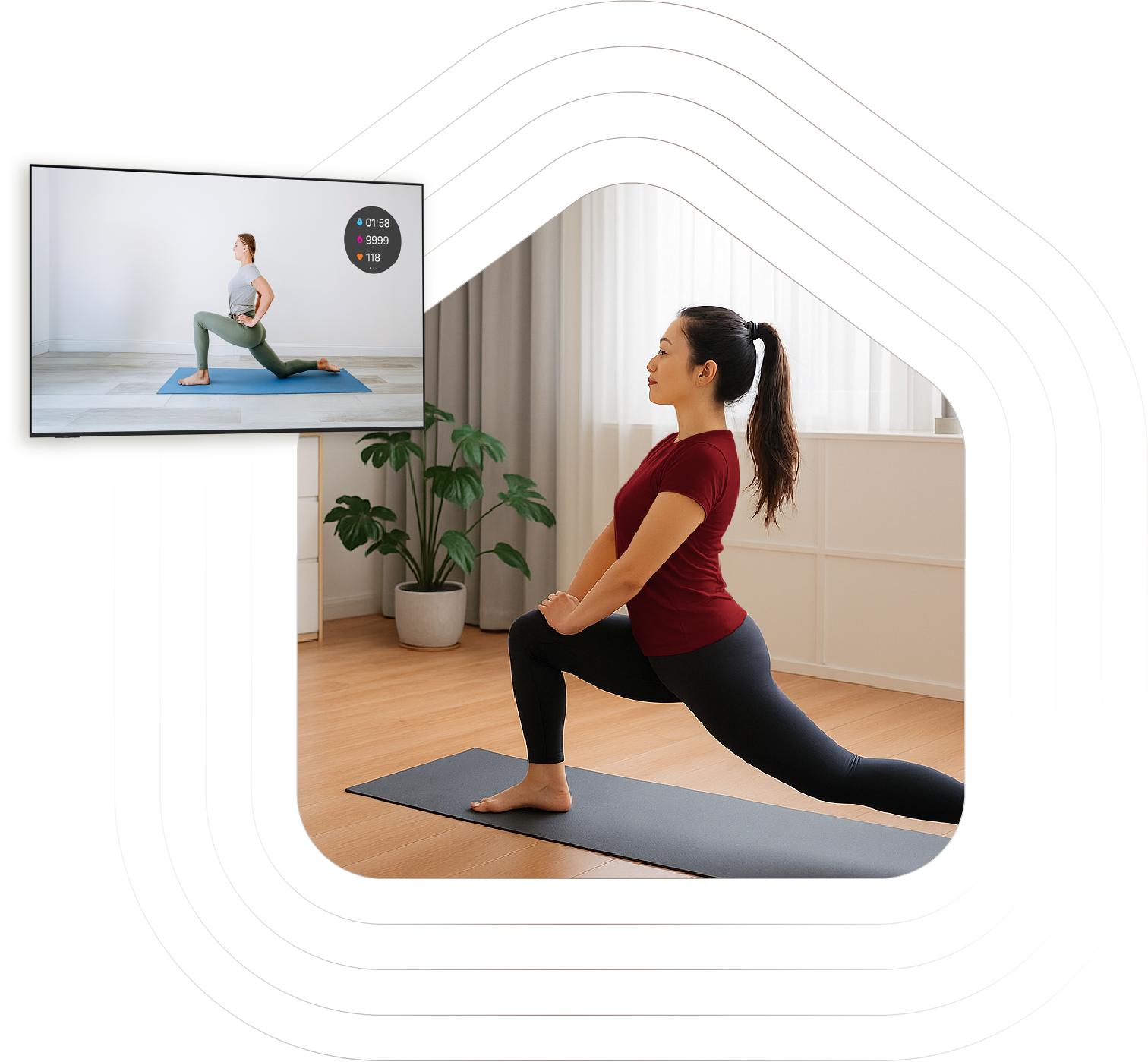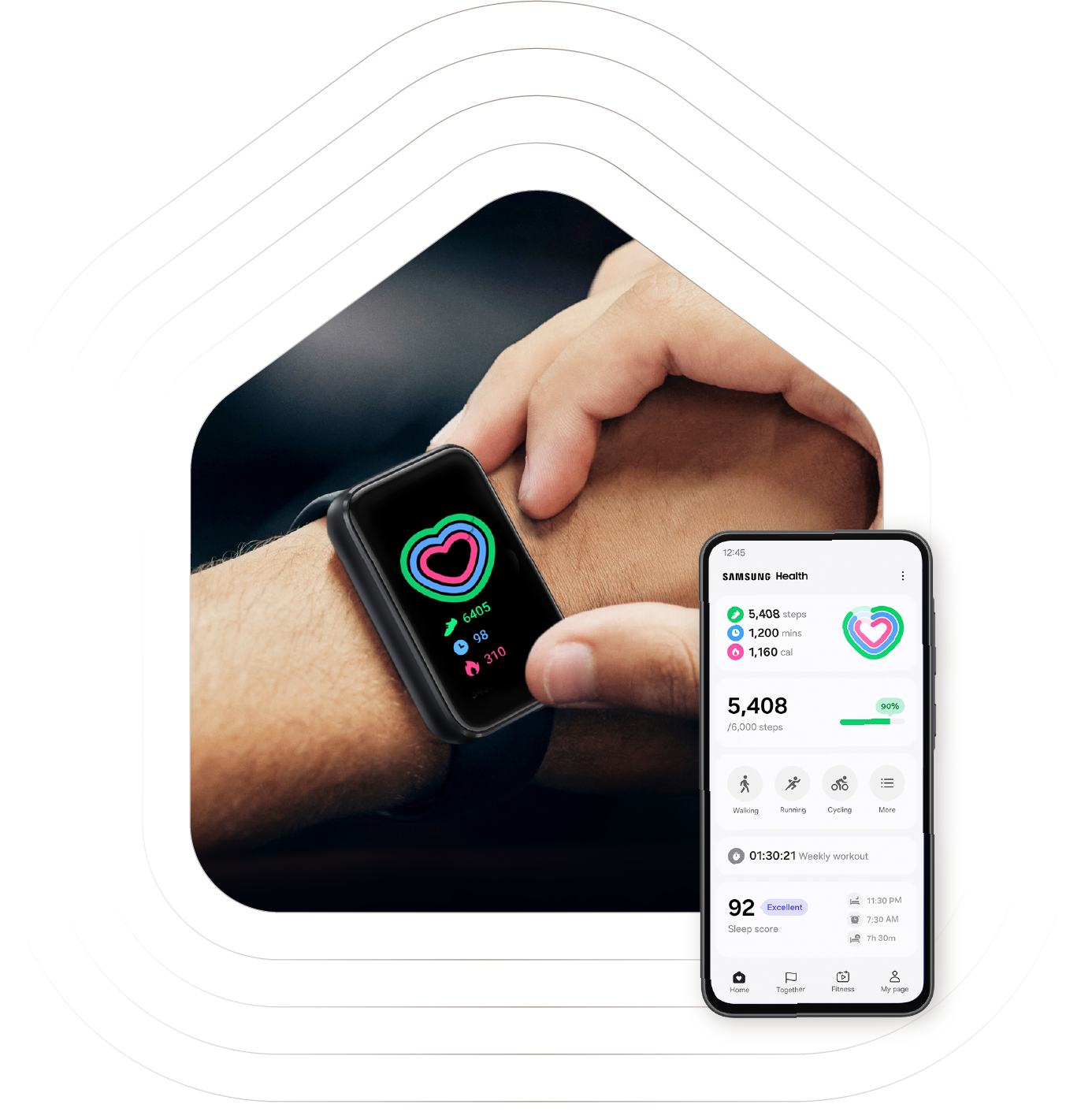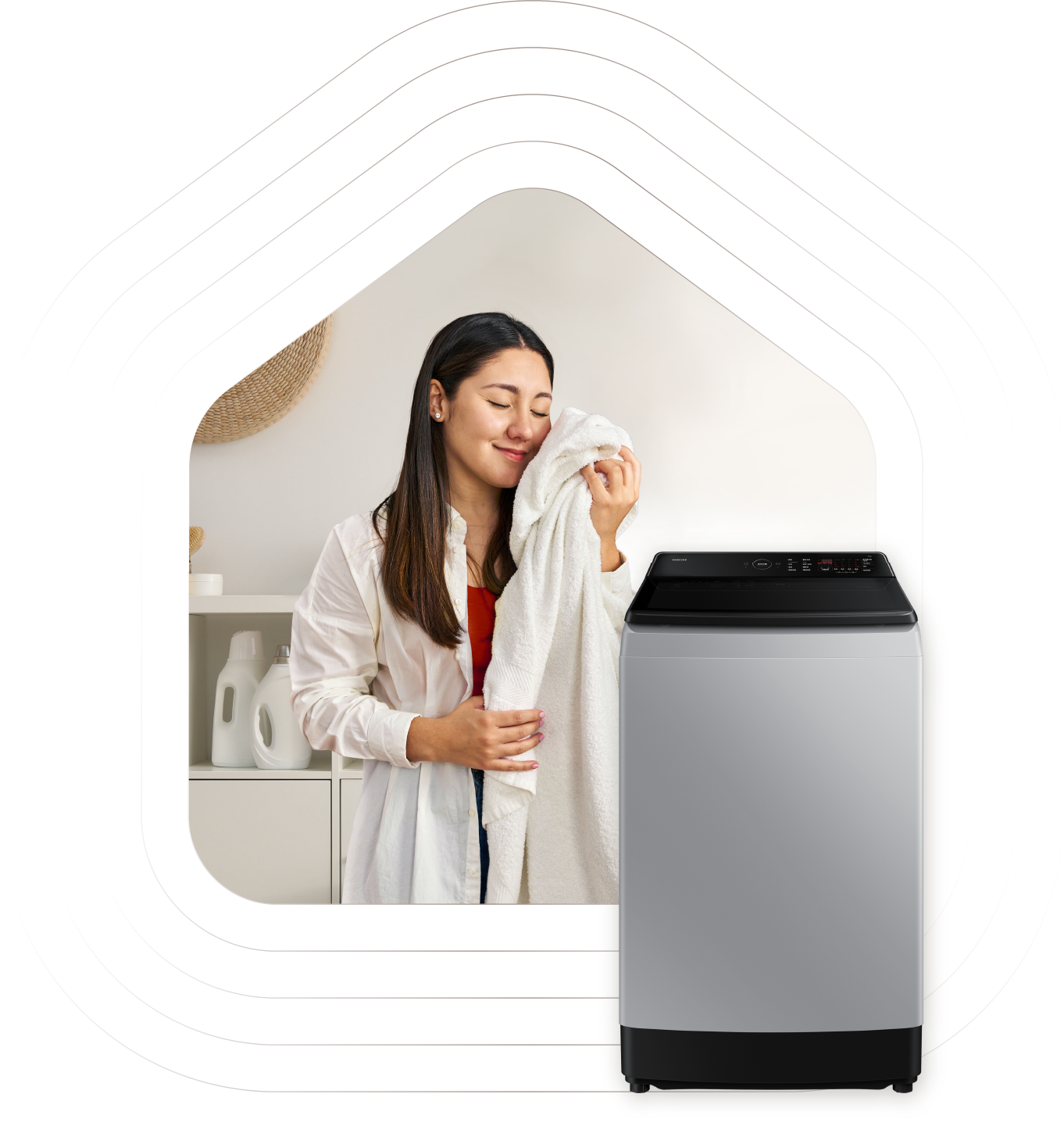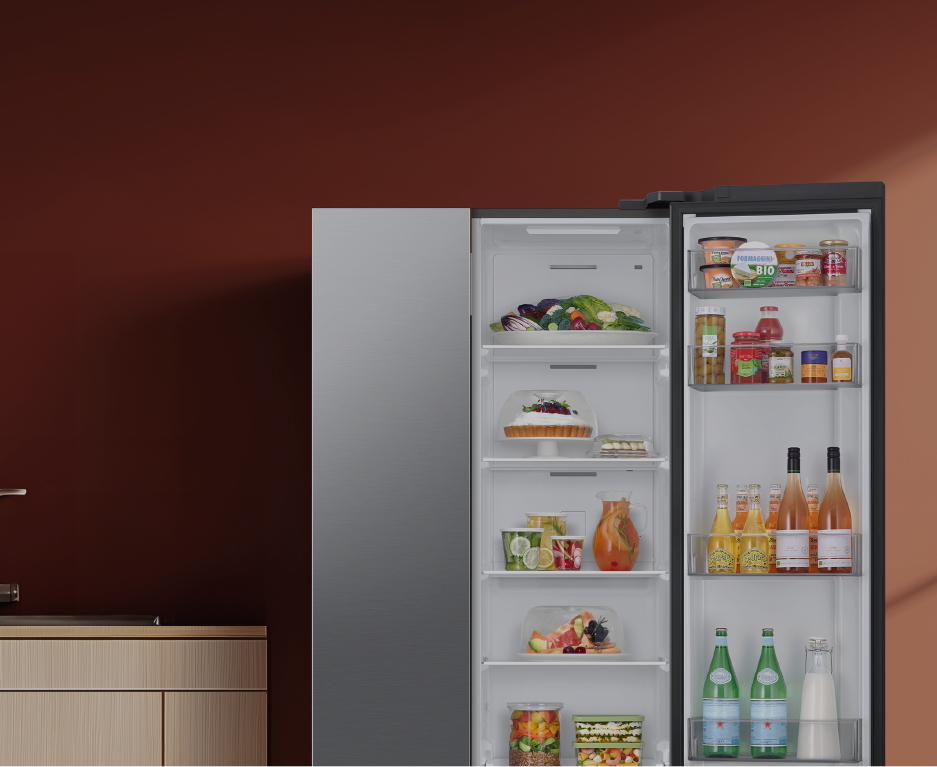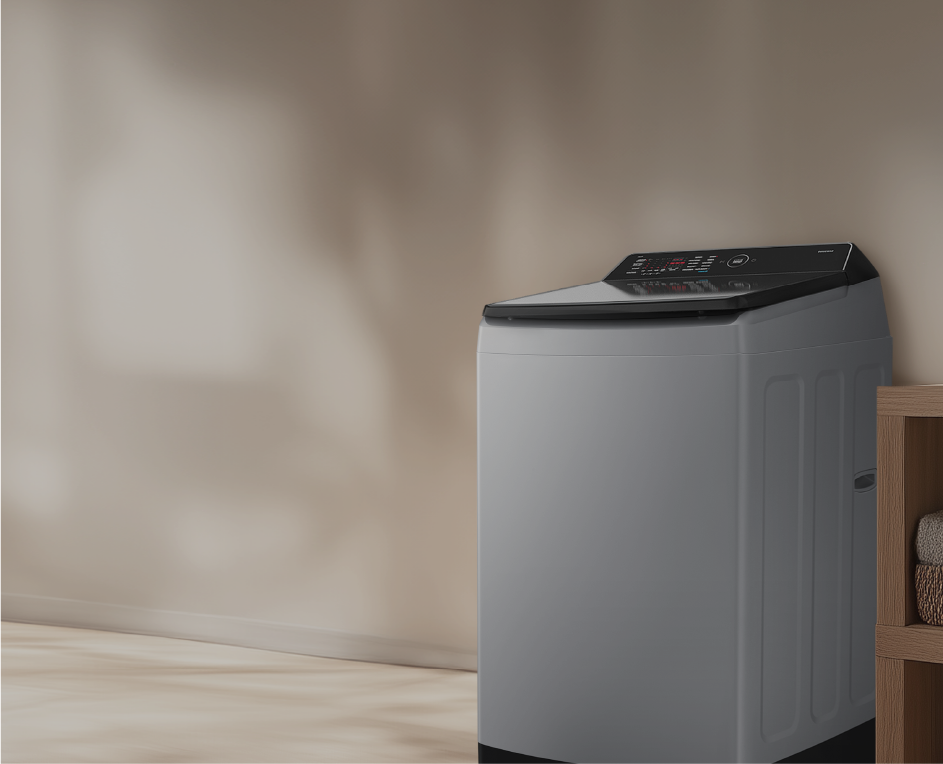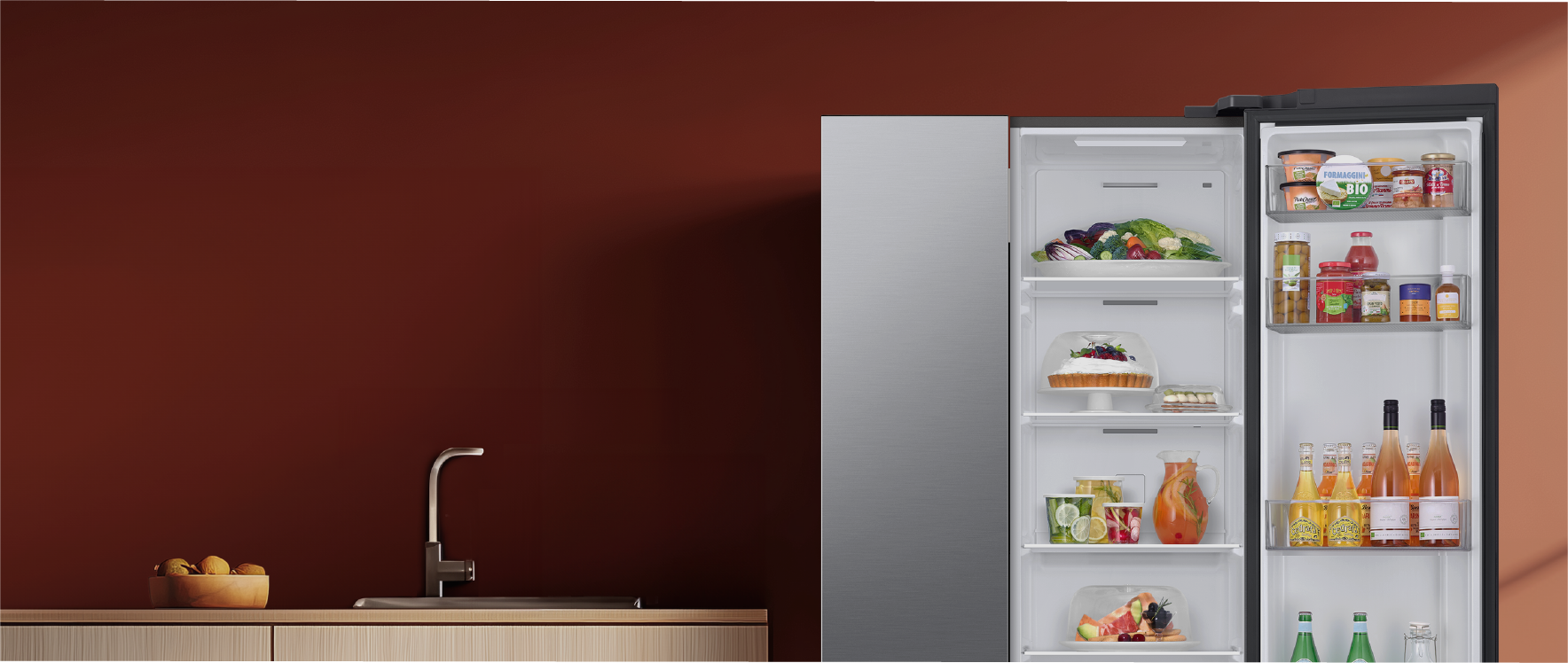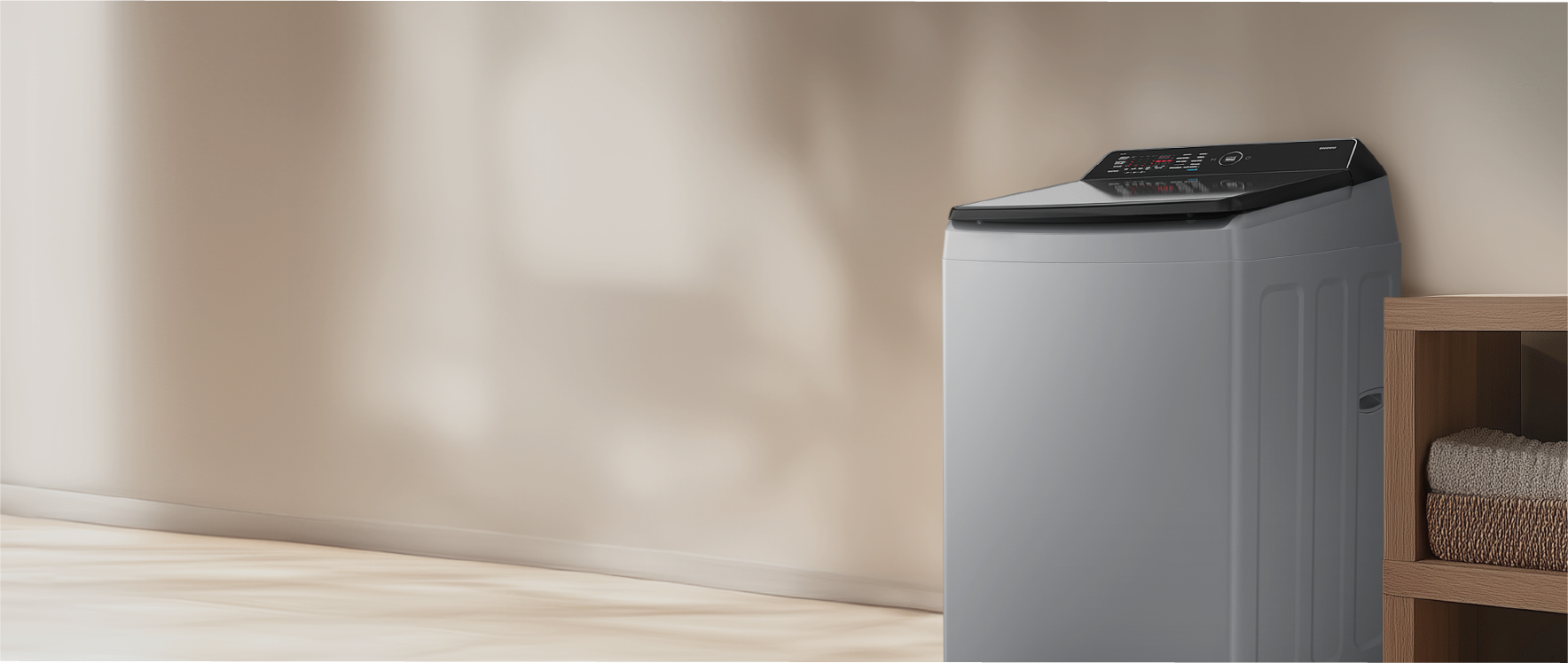[Hygiene Care]* Based on testing by the preclinical laboratory of the College of Pharmacy, Korea University. Test method: attach a cotton fabric (8×8cm) contaminated with a virus to 5 shirts and run the Sterilisation course. Result: eliminates 99.9% of certain viruses, including Influenza A, Adeno (ICHV – Infectious canine hepatitis virus), Corona (PEDV – Porcine epidemic diarrhea virus), Herpes (IBRV – Infectious bovine rhinotracheitis virus), Entero, Rhino, Rota, Influenza B, Hepatitis A and Norovirus. Results may vary depending on the actual usage environment.Based on testing by Intertek. Test method: attach a cotton fabric (10×10cm) contaminated with bacteria to 5 shirts and run the Sterilisation course. Result: eliminates 99.9% of certain bacteria, including Staphylococcus aureus, Escherichia coli, Pseudomonas aeruginosa, Klebsiella pneumoniae, MSRA, Pneumococcus, Diphtheria, Legionella and urinary tract infection. Results may vary depending on the actual usage environment. Based on testing by Intertek. Test method: attach a cotton fabric (8×8cm) contaminated with house dust mites to a dry 100% cotton shirt and run the Sterilisation course. Result: eliminates 100% of house dust mites (Dermatophagoides Farinae). Results may vary depending on the actual usage environment. Based on testing by Hanyang University, verified by Intertek. Test method: apply grass, birch, ragweed, and Japanese cedar pollen to ISO cotton test material, leave for 8 hours, run the Fine Dust course and then measure the removal rate. Result: removes 90% of grass, birch, ragweed, and Japanese cedar pollen. Results may vary depending on the actual usage environment. Based on internal testing, verified by Intertek. Test method: use standard fabric (15x15cm) contaminated with Perchloroethylene (dry cleaning material) and run the standard course. Result: removes 99.4% of Perchloroethylene on average. Results may vary depending on the actual usage environment.

